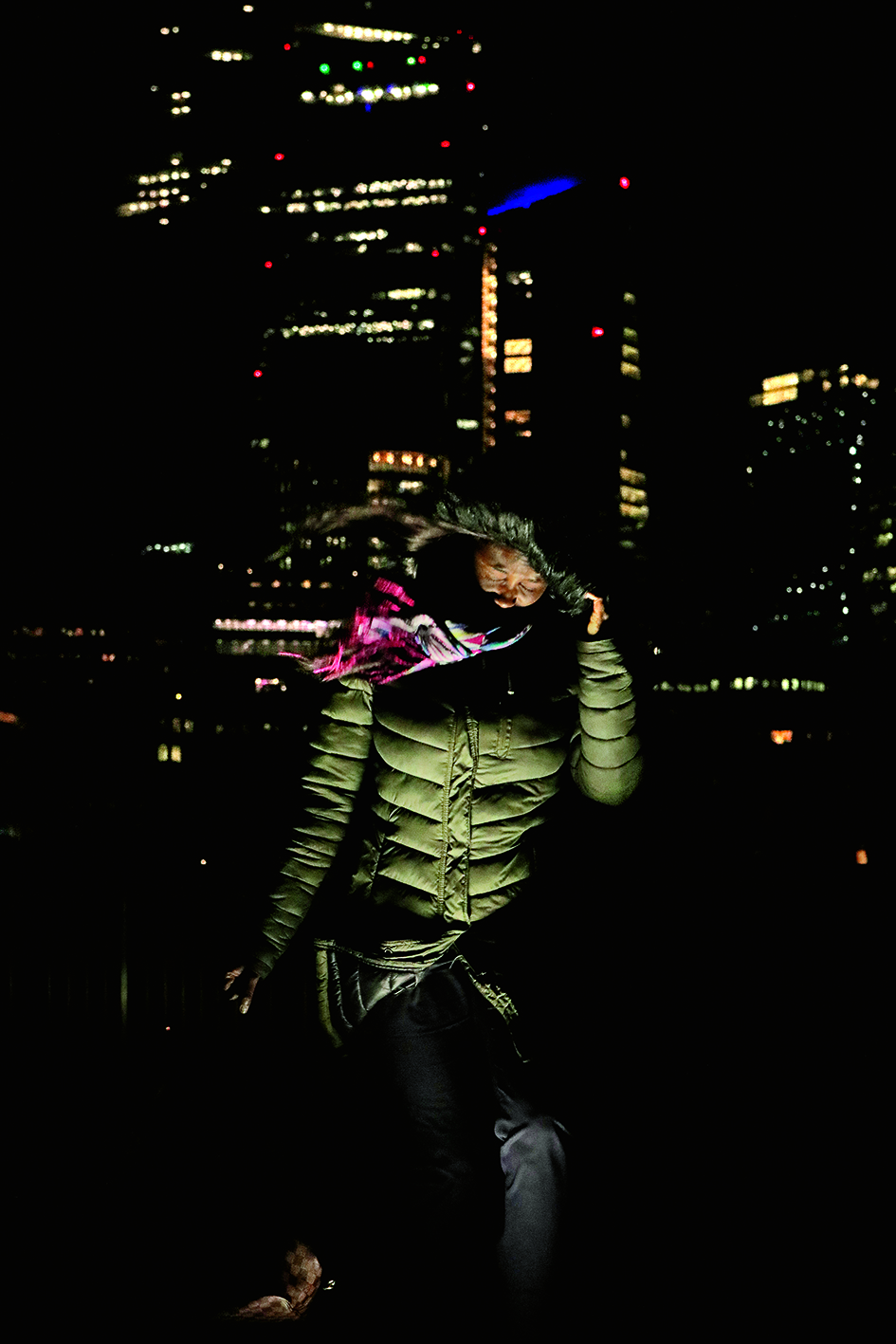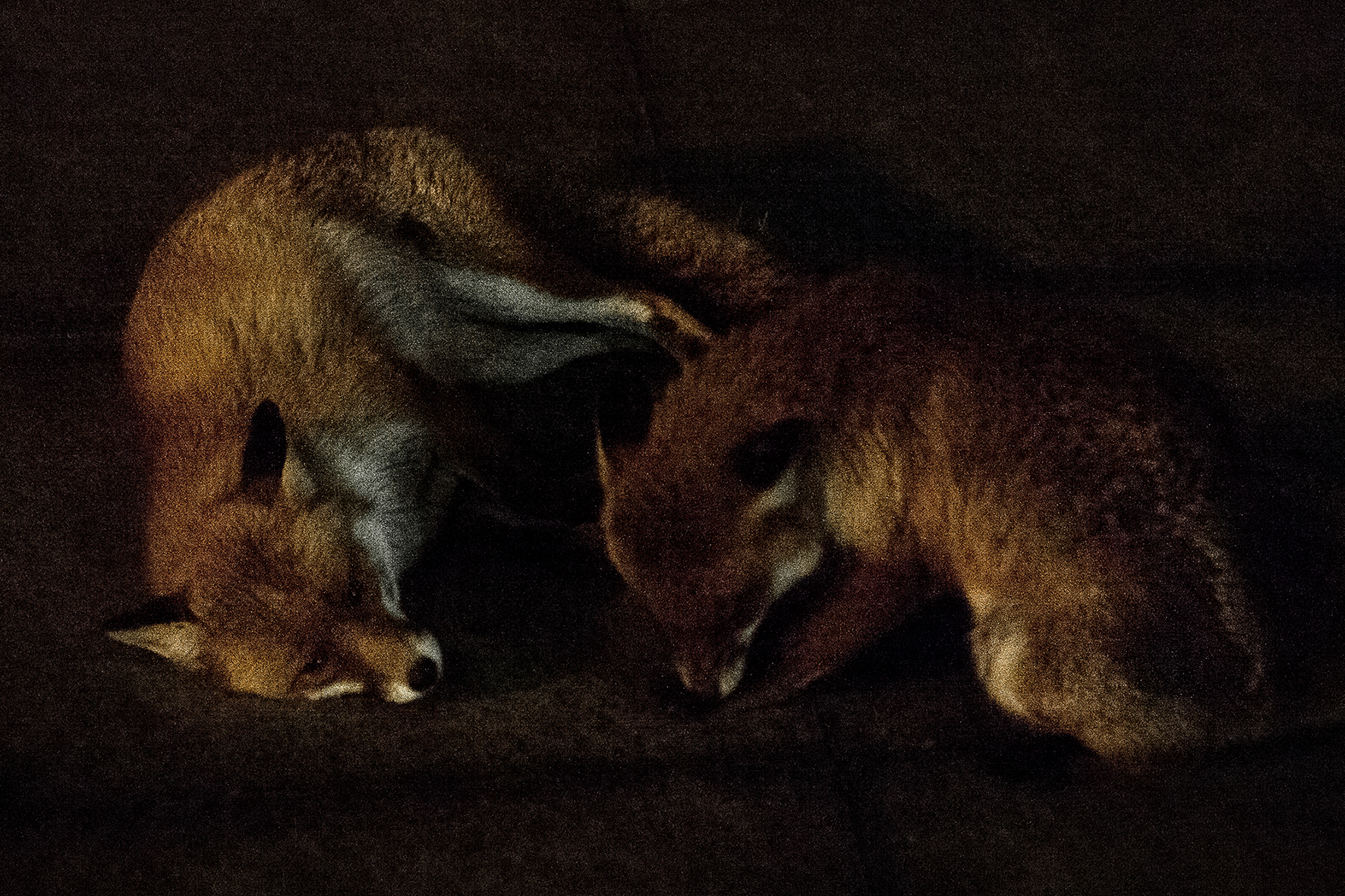
I´ll Bet The Devil My Head
2013 - 2019
I’ll Bet The Devil My Head is a visual fable in which urban foxes are the protagonists to tell the tale of inequality in London—the proximity of power and poverty in one of the richest cities in the world.
Over a period of 6 years, whilst living in Tower Hamlets, Spanish artist Carlos Alba documented the daily life of a family of local Red foxes (Vulpes vulpes). In the borough of Tower Hamlets, 43% of children live in poverty—the highest rate in London—yet his neighbourhood is surrounded by two of the most important financial areas in the world: The City of London and Canary Wharf.
To make this project, Alba would begin photographing in the hours when both the city brokers left their offices and the foxes came out onto the streets. Echoing the methodology of a wildlife photographer, Alba studied the behaviour of his subjects and waited patiently for both humans and foxes to appear. The resulting photographs show the fleeting movement of both the foxes and city workers through the same streets. The backdrops show both austere, slick office buildings and also areas where nature is slowly encroaching on the city.



Mainly lit by artificial street and office lights, both people and beast are often obscured by darkness and shadow.
The making of this project coincided with the EU Referendum, when much of the media discussion has focused on the disconnection between London and the rest of the country. With the widespread characterisation of London as the home of a privileged metropolitan elite, the reality was starkly different with inequality in the capital higher than elsewhere in England. The great division in the UK over Brexit echoed Londoner’s own tensions over foxes—some celebrating the prevalence of urban wildlife and others perceiving them as a malign aberration.
Although the book focuses on one small area of London, Red foxes are flourishing in urban areas across the world. The book acts as a global metaphor for inequality, with the use of the fox, familiar since Aesop’s fables over 2500 years ago.
‘My personal work is related to the question ‘Why do we—humans and wildlife—live in cities?’ In my attempts to find answers I unearth only images and more questions. Perhaps, we live in cities because we have to. Living in cities is difficult but we are addicted to this act of survival. If humans and wildlife are going to learn better ways to share the planet, cities might just hold the key.’ – Carlos Alba



Carlos Alba
+34 626 159 284 (Spain)
studio@carlosalba.com
This Book Is True
Cristina De Middel & Carlos Alba photo book publishing house
www.thisbookistrue.es
Subscribe!
I won't send you Ads, only good news!